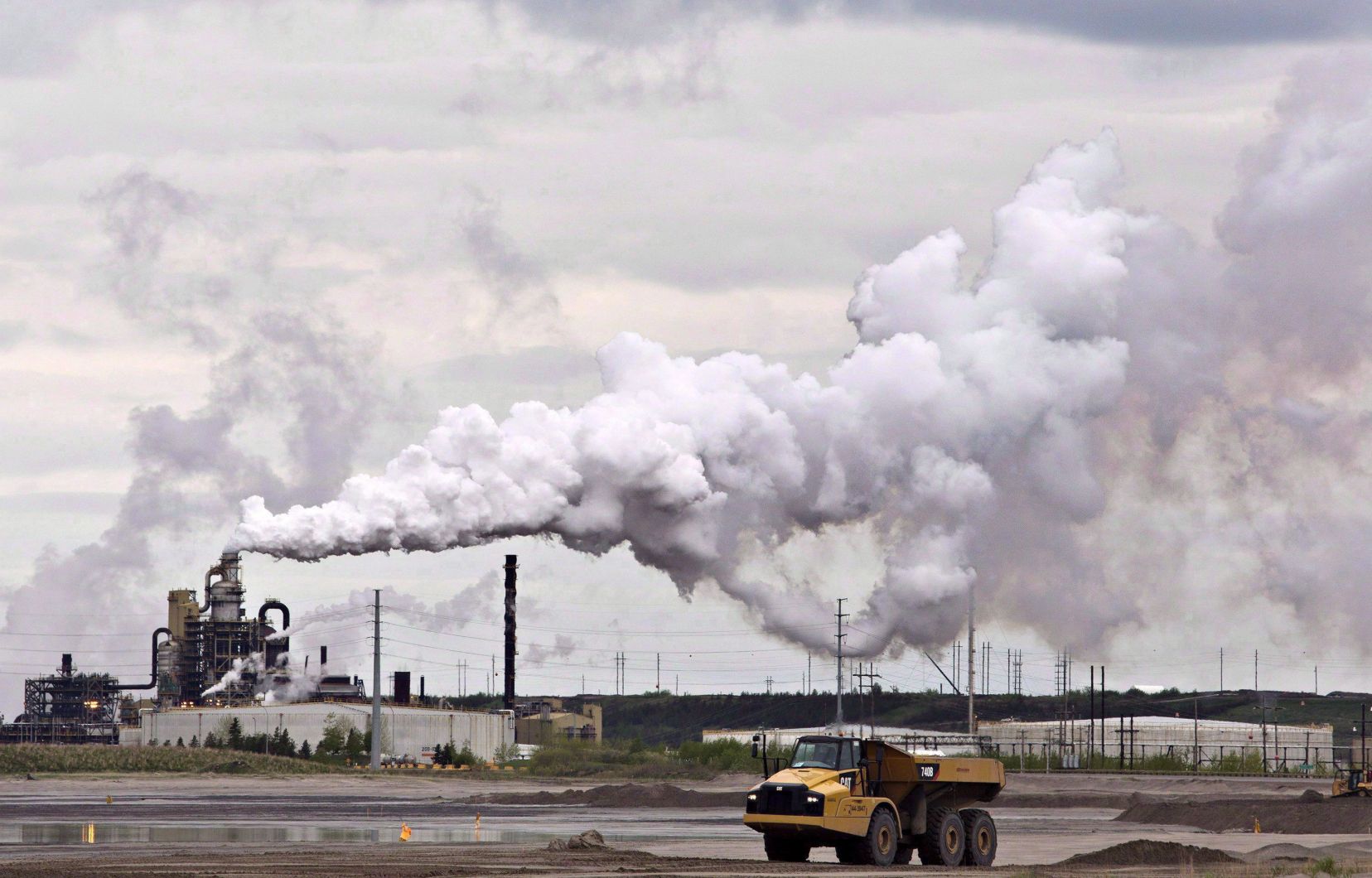Greenhouse gas (GHG) emissions are expected to fall by 1% in Canada by 2023, according to preliminary estimates from the Climate Institute of Canada, which indicates, again this year, that progress made in some sectors is being partly offset by increases in the oil and gas sector.
Last year, Canada’s total emissions were estimated at 702 megatonnes of carbon dioxide equivalent (Mt CO eq.).2), which is an estimated decrease of 1% compared to 2022.
Canada’s emissions are currently 8% below 2005 levels.
It should be recalled that the country has committed to reducing its GHG emissions by 40 to 45% below 2005 levels by 2030.
The electricity sector is the best student
According to the Climate Institute of Canada, emissions from the country’s electricity sector continue to decline, “showing a decrease of 6.2% […] in 2023 and reaching 38 percent of 2005 reference levels.”
Large emitter trading systems such as Alberta’s “Technology Innovation and Emissions Reduction Program,” the phase-out of coal-fired electricity in Ontario, and “major advances in renewable energy” are all reasons for the decarbonization of the sector, according to the Climate Institute of Canada.
“Sustained policy efforts in the electricity sector show that transformational change is possible, but other sectors must follow suit,” the report says.
Reduction of emissions from buildings
The construction sector also saw a drop in emissions, according to the institute, falling by 6% compared to 2022.
But this decrease is largely attributable to the fact that the winter of 2023 was the warmest on record since 2005, which led to lower residential natural gas consumption.
Oil and gas sector continues to grow
The report highlights that the oil and gas production sector, the largest emitter of GHGs in the country, continued its trend of gradually increasing emissions.
These are up 1%, or 2.2 megatonnes (Mt) compared to 2022, meaning that this sector now represents 31% of total emissions in Canada.
“The increase in emissions was driven by higher production, with natural gas up 3%, conventional oil up 3% and bitumen up 2%,” the report said.
“Our preliminary estimates indicate that rising emissions from the oil and gas and transportation sectors are offsetting gains in the electricity and buildings sectors, slowing Canada’s climate progress,” said Dave Sawyer, senior economist at the Climate Institute of Canada.
Transport on the rise
GHGs from the transportation sector are also on the rise in the country, according to data from the Institute.
This “slight increase” of 1.6% would be attributable to a greater number of air trips, while emissions from road transport have remained fairly stable.
Reduction in emissions from heavy industry
Emissions in heavy industry decreased by 2% in 2023 compared to 2022.
However, the Institute’s report highlights that this decline is uneven across subsectors. “For example, emissions in the mining sector increased, while emissions from lime and gypsum production decreased by 20%.”
Climate policies are working
According to the Climate Institute of Canada, Canada’s emissions would be “41% higher in 2030 if it were not for the climate measures implemented since 2015 by all levels of government.”
In other words, current climate policies, from carbon pricing to vehicle efficiency standards to subsidies for heat pumps, should “avoid 226 Mt of carbon emissions by 2030,” which is equivalent to the current emissions profiles of Quebec and Ontario combined, according to the institute.
“Governments across the country need to accelerate policy development and strengthen measures already in place, such as electrification and industrial carbon pricing systems,” said Rick Smith, President of the Climate Institute of Canada.
According to an analysis by the Institute published last spring, the biggest drivers of emissions reductions by 2030 will be carbon pricing systems for industrial emitters.
The institute’s estimates are not as comprehensive as the government’s official tally, called the “national greenhouse gas inventory.”
The Institute chose to publish this document seven months before Canada’s official report, which is presented each year in April to the United Nations Framework Convention on Climate Change.
